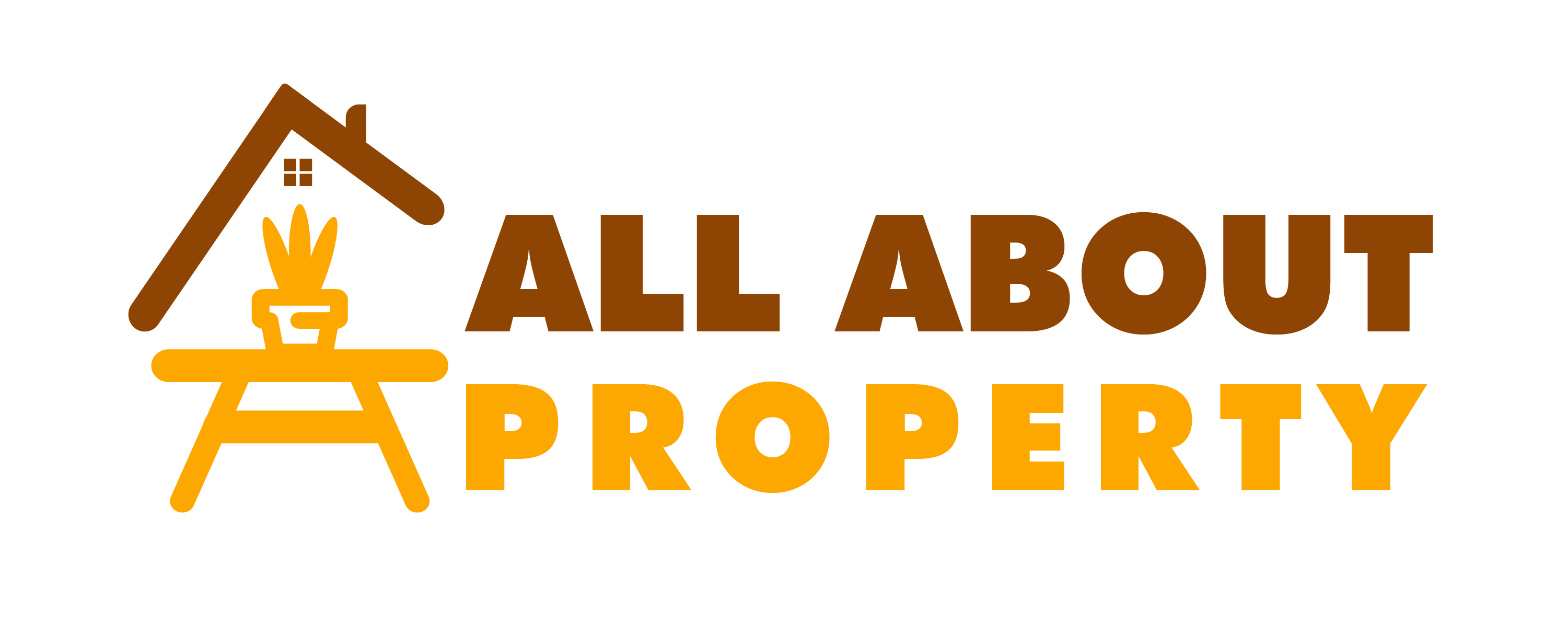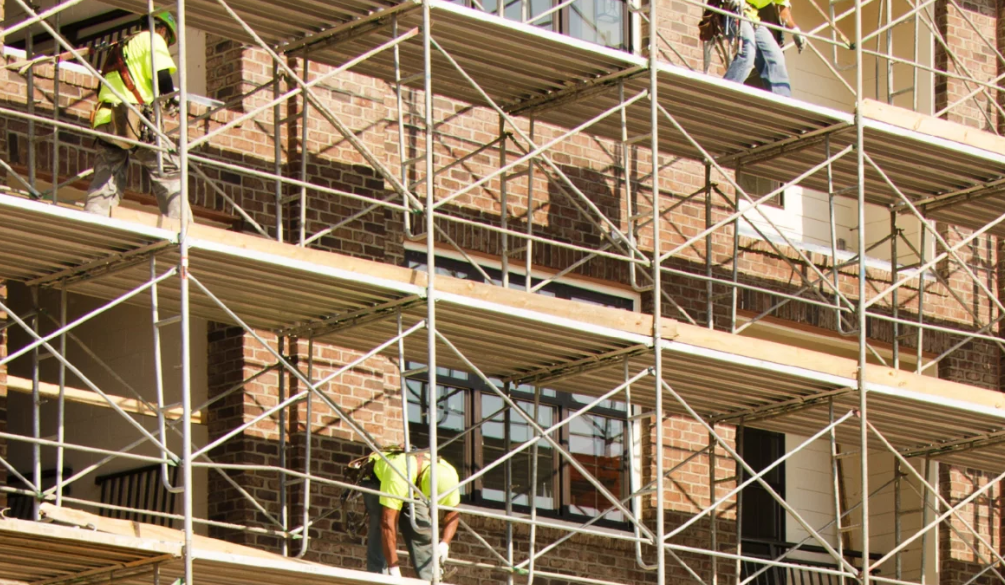Scaffold Wellington: A Comprehensive Look At Scaffold In Construction
Scaffold in Wellington is an important part of the construction. They provide support for workers and materials and can be used to create temporary or permanent structures. There are many different types of scaffolds, and each has its own advantages and disadvantages.
In this article, we will take a comprehensive look at scaffolds in construction. We will discuss the different types of scaffolds, their purpose, and how they are used in construction.
Why Use Scaffolding?
Scaffolding is an important tool for any construction project. It allows builders to work on tall buildings without having to work hundreds of feet above the ground. Scaffolds also provide protection from falling objects and tools. This makes them safer than working directly off the ground or roof of a building because you don’t have to worry about hitting someone below you (or even yourself) with your tools.
They are expensive tools, so it is best to choose the best approach of scaffolding hire in Wellington.
Types of Scaffolds:
Scaffolding is a temporary structure that is built to support workers and materials on the construction site. There are many different types of scaffolds, but they can generally be divided into two categories: suspended and supported scaffolding.
-
Suspended Scaffold
A suspended scaffold is made up of poles, tubes, wires or chains that are attached to a fixed structure or building. The entire structure hangs from these attachments and is used to provide support for workers and materials. Suspended scaffolds include catenary (cantilever), platform (double), single-pole and double-pole in addition to others.
-
Supported Scaffold
A supported scaffold consists of posts set up on the level ground or on concrete footings or foundations.
These posts are connected by cross-bracing members so that they support each other as well as provide a solid base for workers and materials. Supported scaffolds include box, tube & coupler (T&C) and modular systems in addition to others.
Scaffolding Materials and Components:
Scaffold materials are often chosen based on their durability, availability and cost.
- Wood is an inexpensive material that can be reused after it’s been deconstructed or rebuilt.
- Aluminum is another common choice because it is lightweight and easy to use.
- Steel is also popular because it’s strong enough to support heavy loads without bending or breaking under pressure. Steel also tends to last longer than other materials used for supports since it doesn’t rust or corrode easily over time.
Conclusion:
In construction, a scaffold in Wellington can provide a safe environment for construction workers but must be used properly to prevent accidents and injuries.






